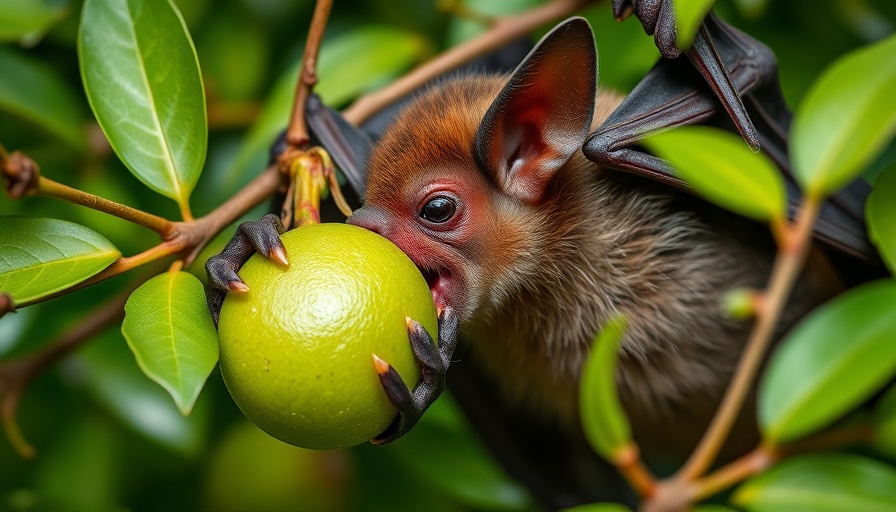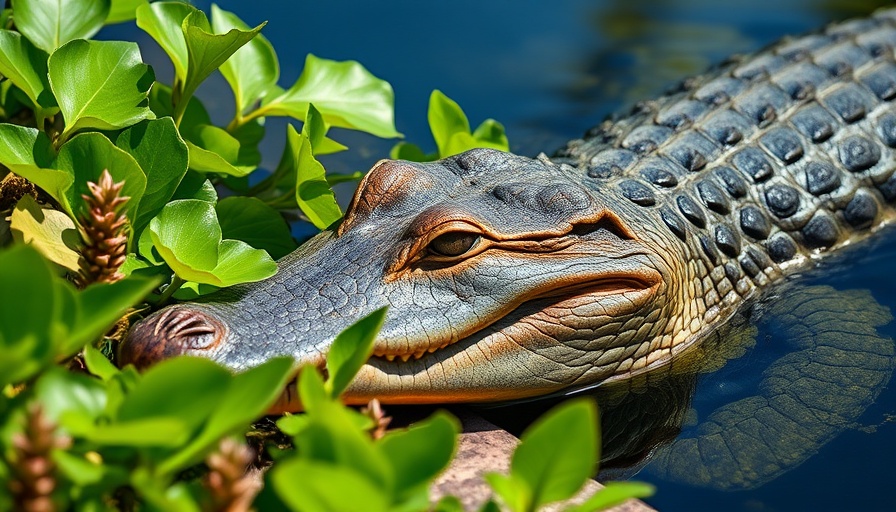
Understanding the Role of Seed-Dispersing Animals
As we shift our focus to the urgent environmental issues of our time, the recent decline of seed-dispersing animals may not receive as much attention as it deserves. While the decline in pollinators like bees has captured headlines, researchers argue that the fate of our forests and ecosystems heavily relies on the unsung heroes: seed-dispersing animals. These furred and feathered friends perform an essential role in maintaining plant diversity and healthy forest growth.
The Impact on Forest Health
Half of all plant species, including a staggering 90% of trees in tropical rainforests, depend on animals for seed dispersal. This isn’t just a matter of convenience; it’s a fundamental aspect of their life cycle. Animals such as birds, bats, and even fish contribute significantly to the nutrient cycle. When these animals consume fruits and seeds, their digestive processes help prepare the seeds to germinate better and faster once deposited in new locations.
Climate Change Consequences
According to a recent study by Mauro Galetti at São Paulo State University, the decline in these vital species can severely affect carbon accumulation in forests. Estimates suggest a significant reduction in forest carbon due to disruptions in seed dispersal, which could hinder the capacity of forests to absorb carbon dioxide and subsequently impact climate change mitigation efforts. As the number of seed-dispersing animals dwindles, we face an alarming reality where the natural management of our ecosystems is compromised.
Why Are They Disappearing?
Habitat loss, landscape fragmentation, and species exploitation are principal culprits behind the decline of these crucial animals. Unlike widely recognized environmental threats, such as climate change, the gradual disappearance of these species often goes unnoticed yet has cascading effects on biodiversity and ecosystem stability.
The Local Perspective and Community Action
For adults in the high desert and rural communities, understanding the dynamics of local wildlife is crucial. These ecosystems are not just distant jungles but integral parts of our shared environment. By supporting conservation efforts and advocating for local actions, residents can contribute to preserving these essential species. Simple actions like fostering native plant gardens or supporting local conservation initiatives can make a difference.
Future Implications
Looking ahead, it’s critical to embrace proactive strategies that protect seed-dispersing animals. Integrating these conservation practices into broader climate strategies could yield benefits for both ecosystems and communities. Every effort counts as we work to restore our planet's natural balance.
As we delve into these environmental concerns, remember that the loss of one species impacts the entire ecosystem. By prioritizing the protection of seed-dispersing animals, we’re investing in the future health of our forests, climate, and ultimately, ourselves.
 Add Row
Add Row  Add
Add 




Write A Comment